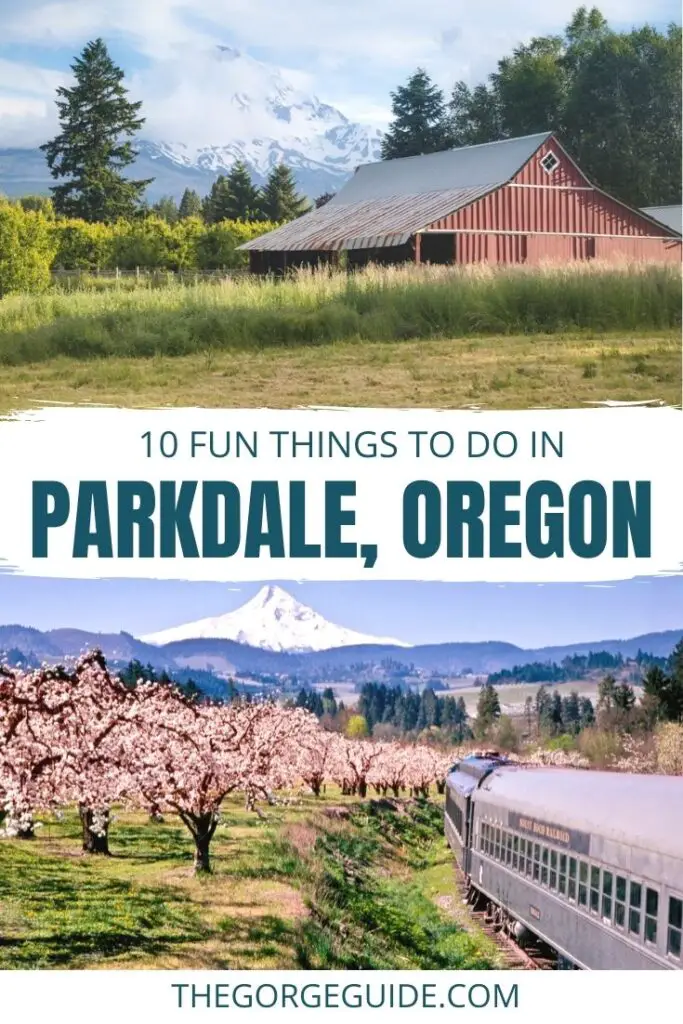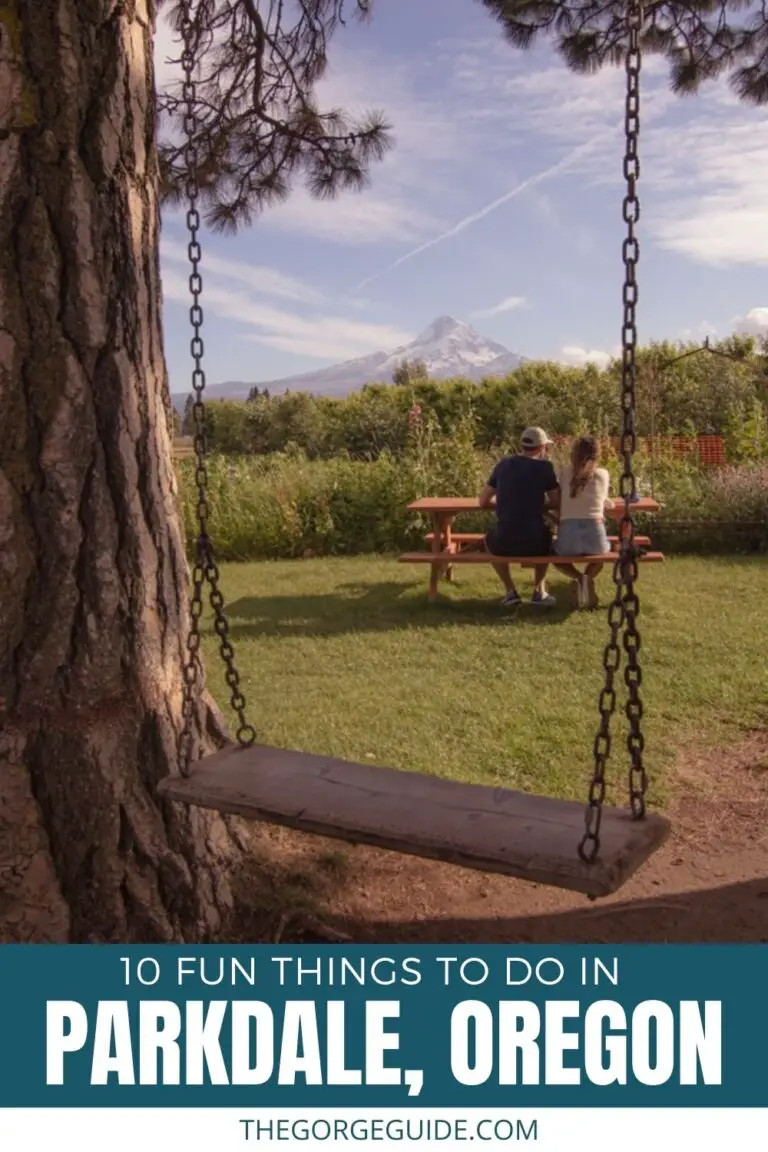
They are their most dynamic in the spring, when fiddleheads, new, coiled leaves, first begin sprouting. Lady ferns, along with other PNW native ferns, offer fantastic three-season interest. Got some ideas on where to incorporate lady ferns? Great! Here are some more: plant lady ferns as groundcover around trees, a new texture in a shade garden, a border plant along a shady path, or add a few to the border of a pond or rain garden or in low-lying areas that regularly flood.
#LADY FERN PARKDALE FULL#
Lady ferns, unlike many of our common native ferns, can thrive in full sun as long as the soil is moist. They do not grow well if their roots are submerged. Within these two habitats, they prefer wet soils, ranging from moist to perennially wet. Within the Portland-Vancouver metro area, lady ferns grow in forests and riparian areas, forests adjacent to rivers, streams, and wetlands. Within the United States, the lady fern is native to ecosystems in every state except Hawaii. cyclosorum) even making its home in the subarctic of Canada and Greenland. They prefer temperate woodlands but are adaptable to cooler climates, with one subspecies ( Athyrium filix-femina ssp. Lady fern grows in native habitats across the northern hemisphere. United States Department of Agriculture, Natural Resources Conservation Service. The surviving structures were often moved from the original site years after they are mostly residential or military structures.“ Athyrium filix-femina (L.) Roth – common ladyfern.”.


The following list does not include structures where only the facade of the building has been preserved. Howard had it shipped from London in 1875. The oldest intact structure of European settlement may be a piece of St Paul's Cathedral's courtyard railing dating from 1714, designed by Christopher Wren, that is now part of John Howard's tomb in High Park. This list is incomplete you can help by adding missing items. These are typically found in the then-inner suburbs built in the late 1800s to before 1920, such as Cabbagetown, North Toronto, Parkdale and Rosedale. Toronto has many residential and business buildings from prior to 1920 that are not on this list. This list is composed of buildings that are heritage-designated structures or are notable in some way. The town of York was formally incorporated as the City of Toronto in 1834, with the passage of the Incorporation of the City of Toronto Act. Many of Toronto's oldest structures dates back to this early British settlement, known as York. In 1793, the government of Upper Canada arranged for the purchase of Toronto from the Mississaugas in order to settle newly landed loyalist. In the 1750s, the French built several structures in the area (including Fort Rouillé), although the French would later destroy them in 1759, following their defeat at the Battle of Fort Niagara. The first European structure built in Toronto was Magasin Royal, a French trading post established in 1720. Remains of a Seneca settlement may be found at the Bead Hill archaeological site, in eastern Toronto.

However, the oldest standing structures in Toronto were built by European settlers. The history of Toronto dates back to indigenous settlements in the region approximately 12,000 years ago. This is a list of the oldest buildings and structures in Toronto, that were constructed before 1920.


 0 kommentar(er)
0 kommentar(er)
